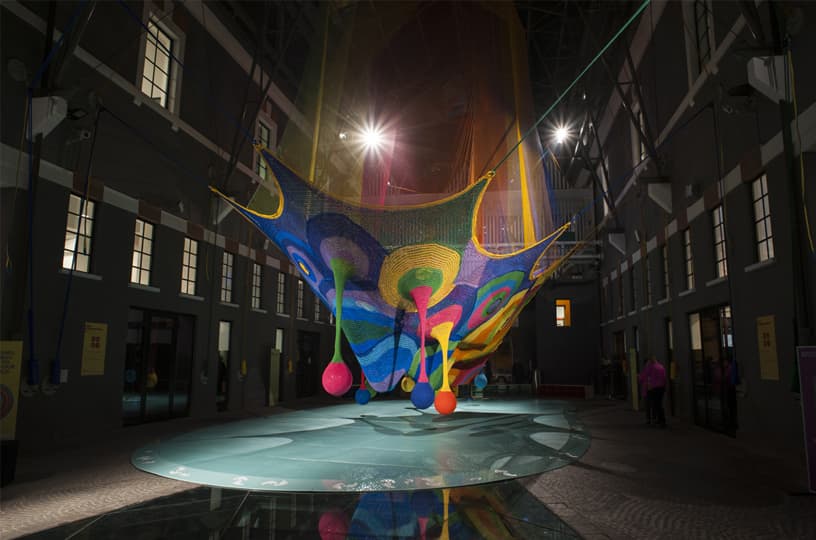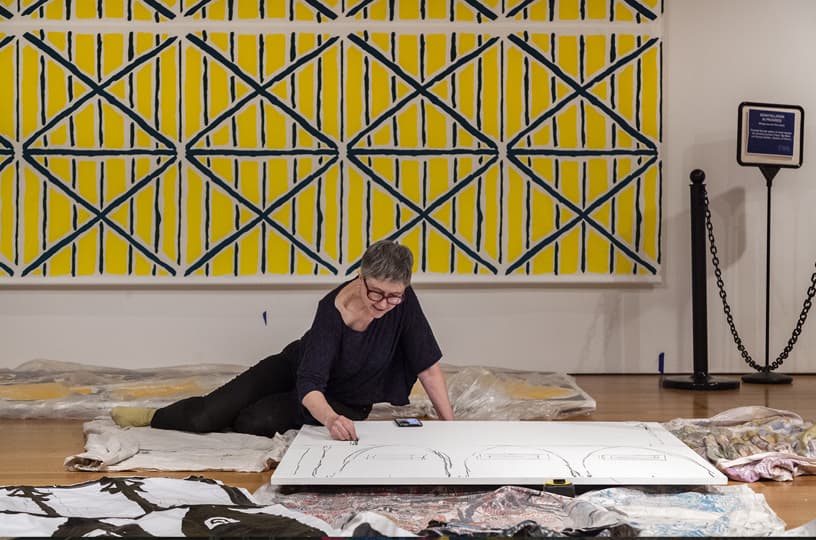— Interview
Joey Shimoda
Living, Working and Collecting in LA
by Paul Makovsky
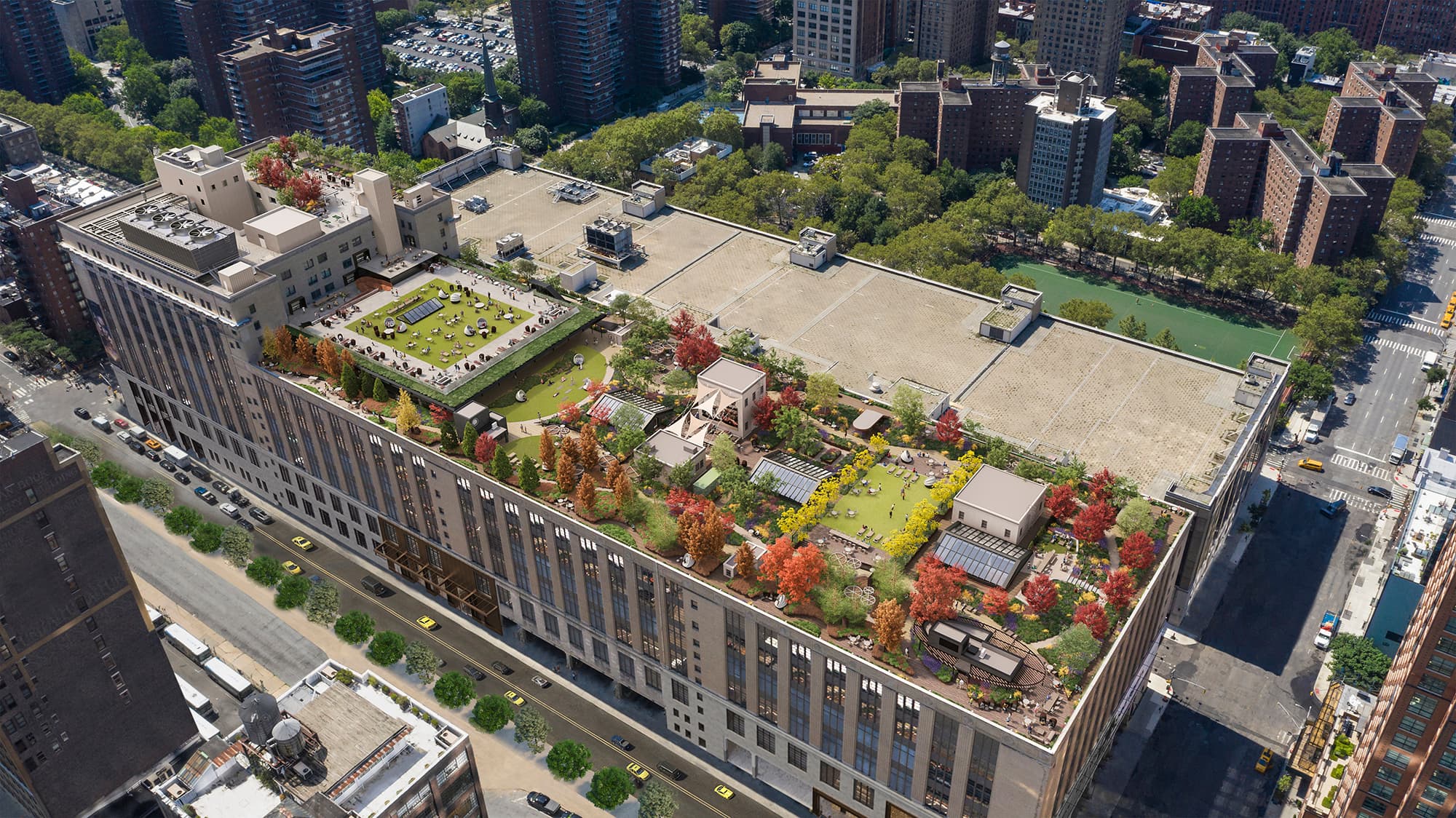
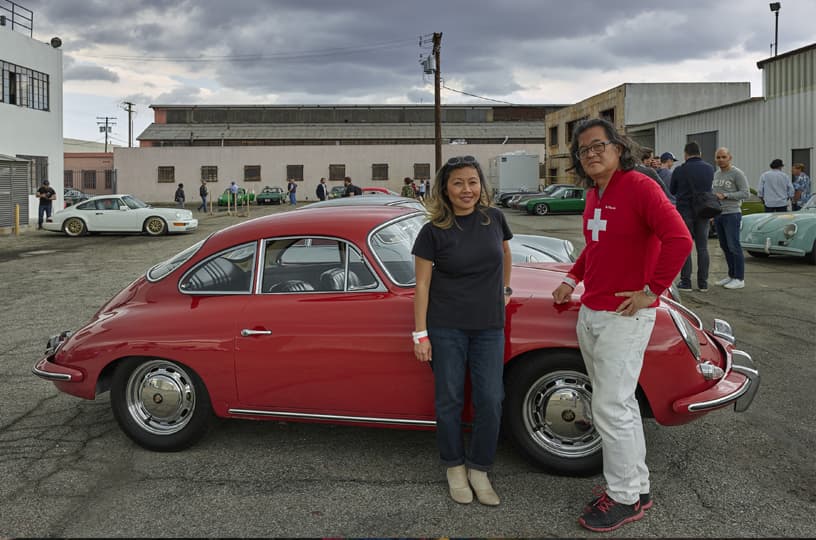
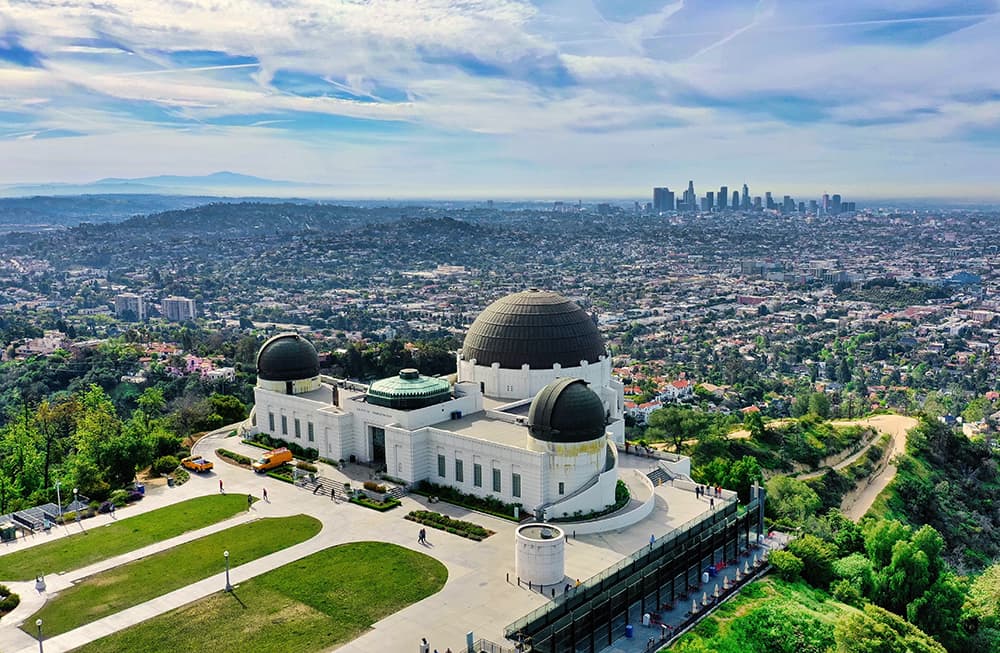
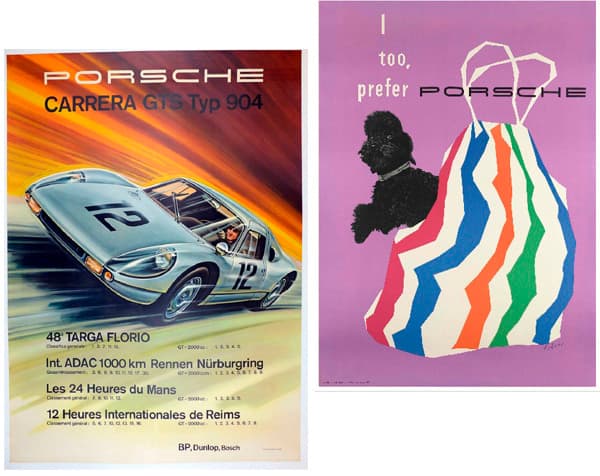
In the last year, we certainly saw a lot of trepidation on moving forward with new projects, so that created a time to reflect about the future and since we were all working remotely, we realized it’s still incredibly important to be creative with other people in the same room. Creative people are triggered by the most bizarre things, and unexpected things can happen when you’re with someone else working on a problem. Right now, we’re working on a two-acre park that will be on the rooftop of the old post office in New York City.
We used the time during the pandemic to release ourselves from the past, and as a time to think of design in a completely new way. It’s both exciting and depressing at the same time, because it made you ask yourself what was holding you back to think like this before. It’s a fantastic door opener. How much more agile can we be? Digital mapping and automation are changing the way we design things. In some ways, I’m impressed by industrial designers like Carl Magnusson and Brian Graham whose creativity works on a very high level and how they’ve figured outhow to design furniture in a different way.
Travel was a big distraction, and I started doing things that I enjoyed when I was younger like riding bicycles and customizing motorcycles. Taking smaller objects like a motorbike and messing with them and changing them is very fulfilling. It’s not just about beauty but my desire to create and make things also really connected to a functional aspect.
Taking up golf has also taken me to a place where all of a sudden I can experience nature in Los Angeles, primarily through public golf courses and discovering parts of LA that I had never knew existed. Places like Griffith Park and Observatory and Greek, which is right near a driving range, and near that, is Frank Lloyd Wright’s Ennis House — made famous in Blade Runner — which shows LA at its best.
Downtown LA is fundamentally ugly and imperfect, unlike places like Santa Monica or Beverly Hills where we do a lot of our work. LA has always been an open field which makes it interesting to me. I live in a loft and it’s a place where I have a lot of things that I collect like Michelin Man memorabilia. He’s the iconic graphic embodiment of culture – born out of the business of making tires. As a branding identity, it’s one of the most successful in the world, and connected to that came the Michelin travel guides. The weirdest thing I have is probably a 12-foot talk inflatable that was used for special occasions for Michelin. I also collect vintage Porsche racing posters from the 50s and 60s, and have a collection of architect drawings from the likes of Michael Graves, Thom Mayne, Steven Holl, Pierre Koenig, and Tadao Ando, just to name a few.
The river underneath the Sixth Street Bridge — captured in so many movies — is a beautiful and quintessentially LA place. During the pandemic, Manuella–the restaurant at Hauser & Wirth with a great outdoor space– became our office cafeteria, and we’d eat there at least once or twice a week. And Zinc Café also has a beautiful outdoor space with a great olive tree in this kind of nowhere land. Hennessey & Ingalls–located in a mixed-used development designed by Michael Maltzan – is one of the best architecture and design bookstores in the country. I also love Little Tokyo’s grocery stores and Kinokuniya bookstore with great stationery and Japanese magazines and books. For art inspiration, The Geffen Contemporary at MOCA—an old warehouse transformed by Frank Gehry — also has some of the most cutting edge art.
In this order: Ride the Swan pedal boats at Echo Park Lake, ride my motorbike to the mountainous parts north of Pasadena, visit more of the coast line of LA, and even something as basic as riding through Mulholland Drive — maybe with someone like Keanu Reeves.
In the last year, we certainly saw a lot of trepidation on moving forward with new projects, so that created a time to reflect about the future and since we were all working remotely, we realized it’s still incredibly important to be creative with other people in the same room. Creative people are triggered by the most bizarre things, and unexpected things can happen when you’re with someone else working on a problem. Right now, we’re working on a two-acre park that will be on the rooftop of the old post office in New York City.
We used the time during the pandemic to release ourselves from the past, and as a time to think of design in a completely new way. It’s both exciting and depressing at the same time, because it made you ask yourself what was holding you back to think like this before. It’s a fantastic door opener. How much more agile can we be? Digital mapping and automation are changing the way we design things. In some ways, I’m impressed by industrial designers like Carl Magnusson and Brian Graham whose creativity works on a very high level and how they’ve figured outhow to design furniture in a different way.
Travel was a big distraction, and I started doing things that I enjoyed when I was younger like riding bicycles and customizing motorcycles. Taking smaller objects like a motorbike and messing with them and changing them is very fulfilling. It’s not just about beauty but my desire to create and make things also really connected to a functional aspect.
Taking up golf has also taken me to a place where all of a sudden I can experience nature in Los Angeles, primarily through public golf courses and discovering parts of LA that I had never knew existed. Places like Griffith Park and Observatory and Greek, which is right near a driving range, and near that, is Frank Lloyd Wright’s Ennis House — made famous in Blade Runner — which shows LA at its best.
Downtown LA is fundamentally ugly and imperfect, unlike places like Santa Monica or Beverly Hills where we do a lot of our work. LA has always been an open field which makes it interesting to me. I live in a loft and it’s a place where I have a lot of things that I collect like Michelin Man memorabilia. He’s the iconic graphic embodiment of culture – born out of the business of making tires. As a branding identity, it’s one of the most successful in the world, and connected to that came the Michelin travel guides. The weirdest thing I have is probably a 12-foot talk inflatable that was used for special occasions for Michelin. I also collect vintage Porsche racing posters from the 50s and 60s, and have a collection of architect drawings from the likes of Michael Graves, Thom Mayne, Steven Holl, Pierre Koenig, and Tadao Ando, just to name a few.
The river underneath the Sixth Street Bridge — captured in so many movies — is a beautiful and quintessentially LA place. During the pandemic, Manuella–the restaurant at Hauser & Wirth with a great outdoor space– became our office cafeteria, and we’d eat there at least once or twice a week. And Zinc Café also has a beautiful outdoor space with a great olive tree in this kind of nowhere land. Hennessey & Ingalls–located in a mixed-used development designed by Michael Maltzan – is one of the best architecture and design bookstores in the country. I also love Little Tokyo’s grocery stores and Kinokuniya bookstore with great stationery and Japanese magazines and books. For art inspiration, The Geffen Contemporary at MOCA—an old warehouse transformed by Frank Gehry — also has some of the most cutting edge art.
In this order: Ride the Swan pedal boats at Echo Park Lake, ride my motorbike to the mountainous parts north of Pasadena, visit more of the coast line of LA, and even something as basic as riding through Mulholland Drive — maybe with someone like Keanu Reeves.



